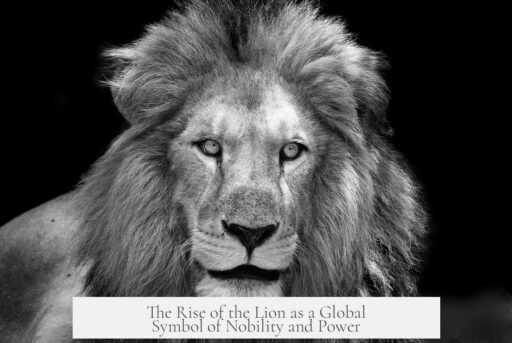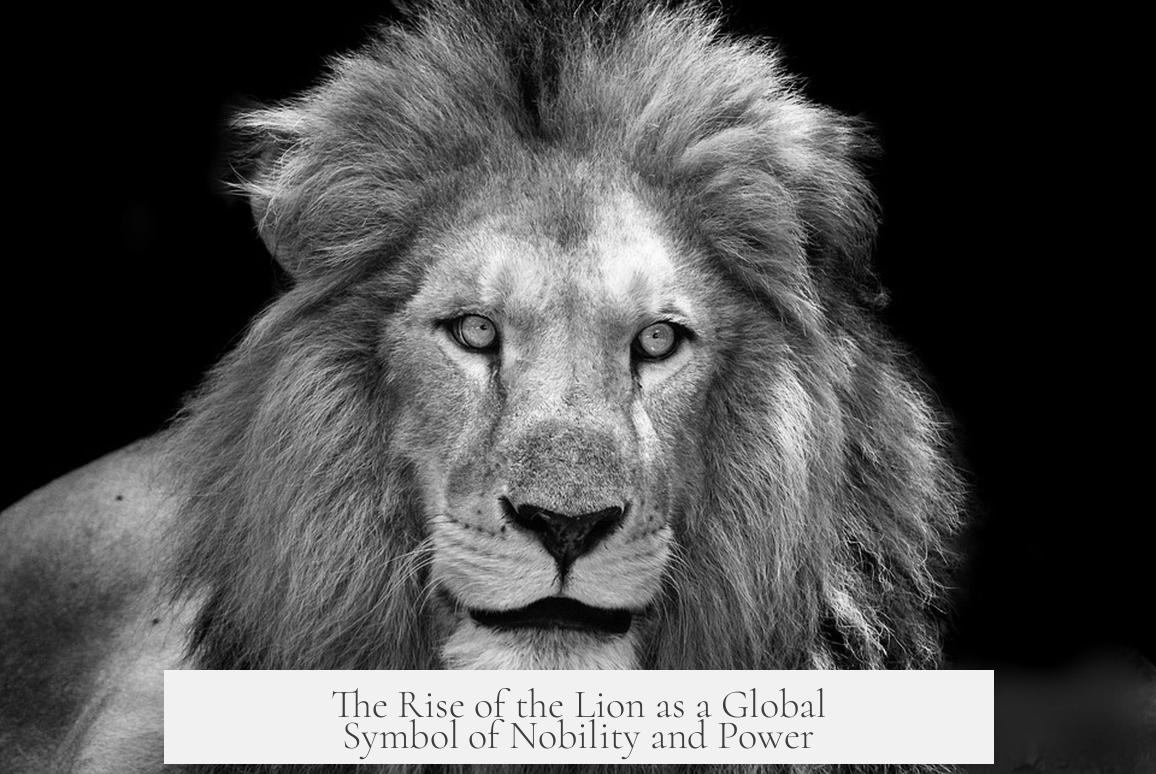The lion became a widespread symbol of nobility through a mix of its natural traits, early human interaction, and cultural integration across civilizations. Lions were once common throughout parts of southern Europe, Asia, and Africa, making them a familiar yet formidable presence to ancient peoples. This widespread presence allowed the lion’s image and symbolism to pass from Greece to Rome, then throughout the Western world.
Early humans encountered lions during hunting. Lions were dangerous and strong predators. Taming or defeating one symbolized great power and wealth. This natural respect evolved as various civilizations—such as Egypt, Ashur, Persia, and Greece—adopted lion imagery. Even when lions disappeared from some regions, their symbolic role persisted due to language, religion, and myth.
Religiously, lions held important roles. Ancient Egypt featured lioness deities, Judaism included miraculous lions and angelic lion figures, while Christianity linked lions to both Mark the Evangelist and Christ himself. Such associations elevated the lion to a sacred and noble status beyond mere physical strength.
The metaphorical use of lions grew to describe human qualities like bravery and leadership. People earned titles like “the lionheart” reflecting nobility and courage. This ties into the Great Chain of Being—a medieval theory ranking all beings by nobility—placing the lion as the noblest animal. Their pride structure reinforced this symbolism: a single male leads, monopolizing power while females provide sustenance, mirroring royal hierarchies.
Asiatic lions were known for fearless behavior, often facing threats boldly, which further deepened their association with bravery. This trait helped rulers identify with lions, representing authority and the bloodline of monarchy, where a male lion controls the pride’s offspring, echoing dynastic rule.
Buddhist traditions, especially through King Ashoka, helped spread lion symbolism in Southeast Asia and Singapore. Ashoka used the lion as a symbol of Buddhist law and moral authority, expanding its noble associations.
The lion’s global image as a powerful, fearsome predator made it a natural emblem for rulers and nobles. Its qualities and cultural significance overlap to create a strong, widespread symbol of nobility.
- Lions once widespread, symbol passed through Greece and Rome.
- Early human fear and respect linked lions to power and wealth.
- Religious figures and texts gave lions spiritual nobility.
- Great Chain of Being ranks lions as noblest beasts.
- Pride structure mirrors noble leadership roles.
- Fearlessness of Asiatic lions added to bravery symbolism.
- Buddhist and royal usage spread lion’s noble image globally.
How Did the Lion Become Such a Widespread Symbol of Nobility?
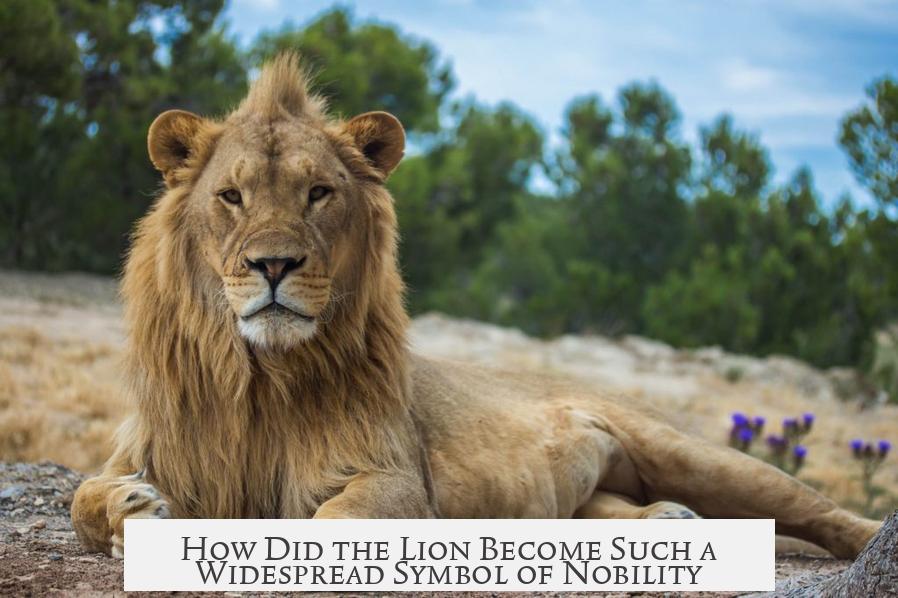
Simply put, the lion became a symbol of nobility through a blend of ancient human interaction, cultural evolution, and religious significance, amplified by its behavior and perceived bravery. Let’s unravel this majestic journey step by step.
Picture this: thousands of years ago, lions roamed vast lands—from Spain to the southern tip of Africa, even stretching to India. They were not the rare, secluded creatures they are today. Early humans encountered lions frequently. These encounters weren’t just about danger—they were about power and status. If you could tame or even defeat a lion, you were on another level of wealth and might.
This primal respect laid the foundation. Lions were not just animals; they embodied a fierce spirit. It’s easy to see why early humans might have thought, “Hey, that’s not just a beast. That’s a leader.”
Lions in Ancient Civilizations: More Than Just Wild Cats
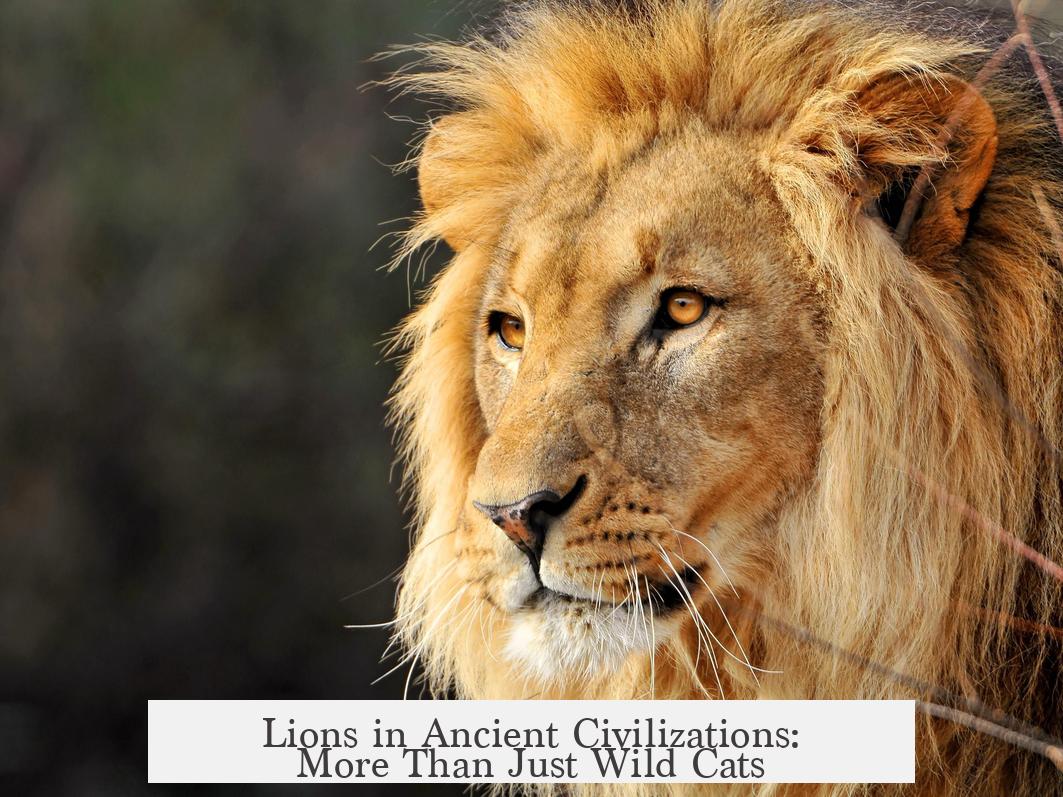
Fast forward a few thousand years, and lions appear in the art, language, and religion of various empires. Ancient Egypt, Assyria, Persia, and Greece all upheld the lion as a powerful emblem—often far removed from the animal’s current geography. Notably, lions had vanished from these areas but survived vividly in cultural memory.
Egyptian mythology had lionesses guarding goddesses and kings. Judaism’s texts feature lions as symbols of miracles and messengers. Christianity compares Jesus and Mark to lions. These associations are not accidental. They emphasize strength, protection, divine authority, and fearlessness.
Think about names like Richard the Lionheart. The metaphor is crystal clear: lions symbolize courage and fearless leadership.
The Great Chain of Being and Lion’s Elevated Status
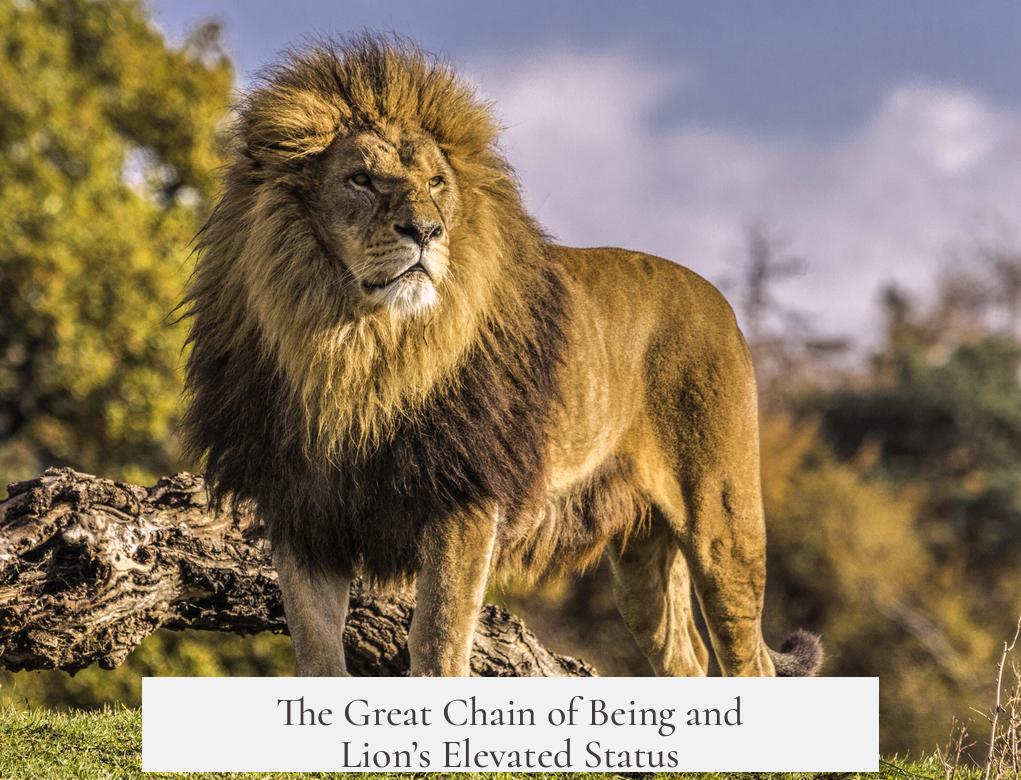
During medieval times, thinkers organized the universe into a hierarchy called the Great Chain of Being. Every entity was ranked by nobility—from God down to the simplest grains of sand. Among all creatures, lions topped the nobility list. This explains why the lion earned the title “King of the Jungle” (even though lions live in savannas). In this cosmic order, lions weren’t just powerful; they were *nobly* powerful.
Lion Behavior Mirrors Noble Ideals
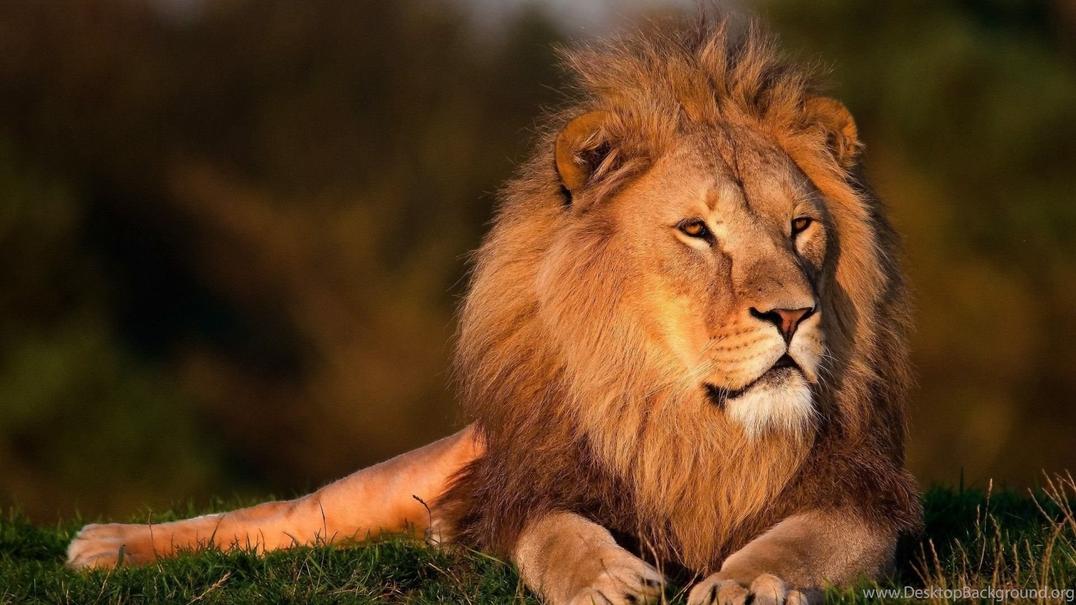
Here’s a fascinating fact: in nature, a lion pride typically has one dominant male, supported by several females who do the hunting. The male enjoys the fruits of their labor, leading without the burden of daily work. This social structure aligns eerily well with how human societies viewed nobility—a leader who commands but lets others handle the grind.
Is this behavior nature imitating culture, or was it the other way around? Either way, this observation gives more weight to lions as symbols of nobility.
Asiatic Lions and the Price of Bravery
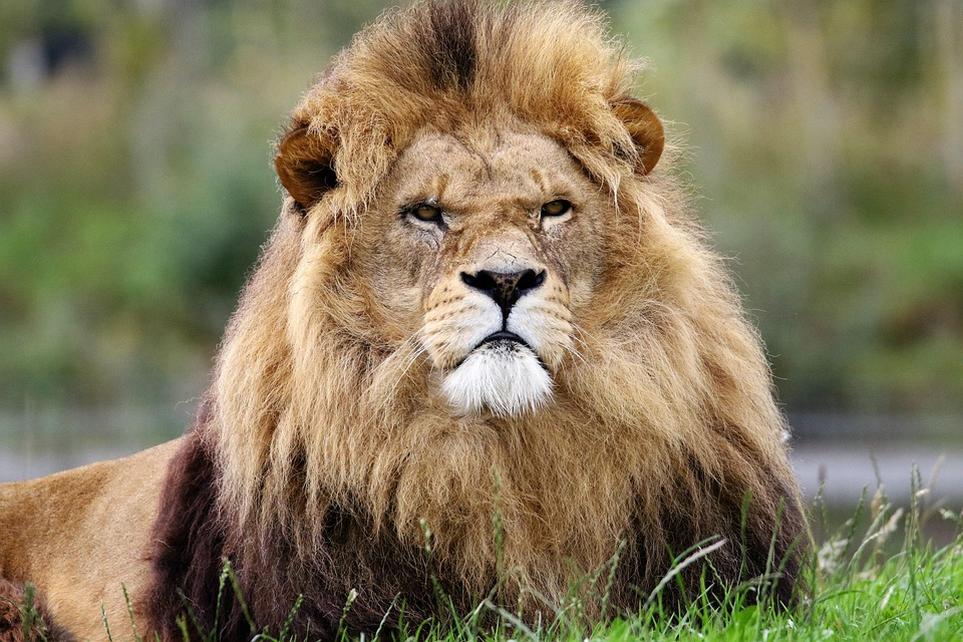
The Asiatic lion’s story adds an extra layer to this symbol’s spread. These lions were known for exceptional bravery—almost recklessly so—facing danger head-on. Unfortunately, their boldness made them easy targets for hunters using bows, arrows, and later guns.
Despite near extinction in many areas, their legacy as a metaphor for courage remains. This “stupid bravery” is oddly noble, reminding rulers and warriors that nobility sometimes means standing your ground no matter the odds.
The Monarchy-Lion Connection: Bloodlines and Power
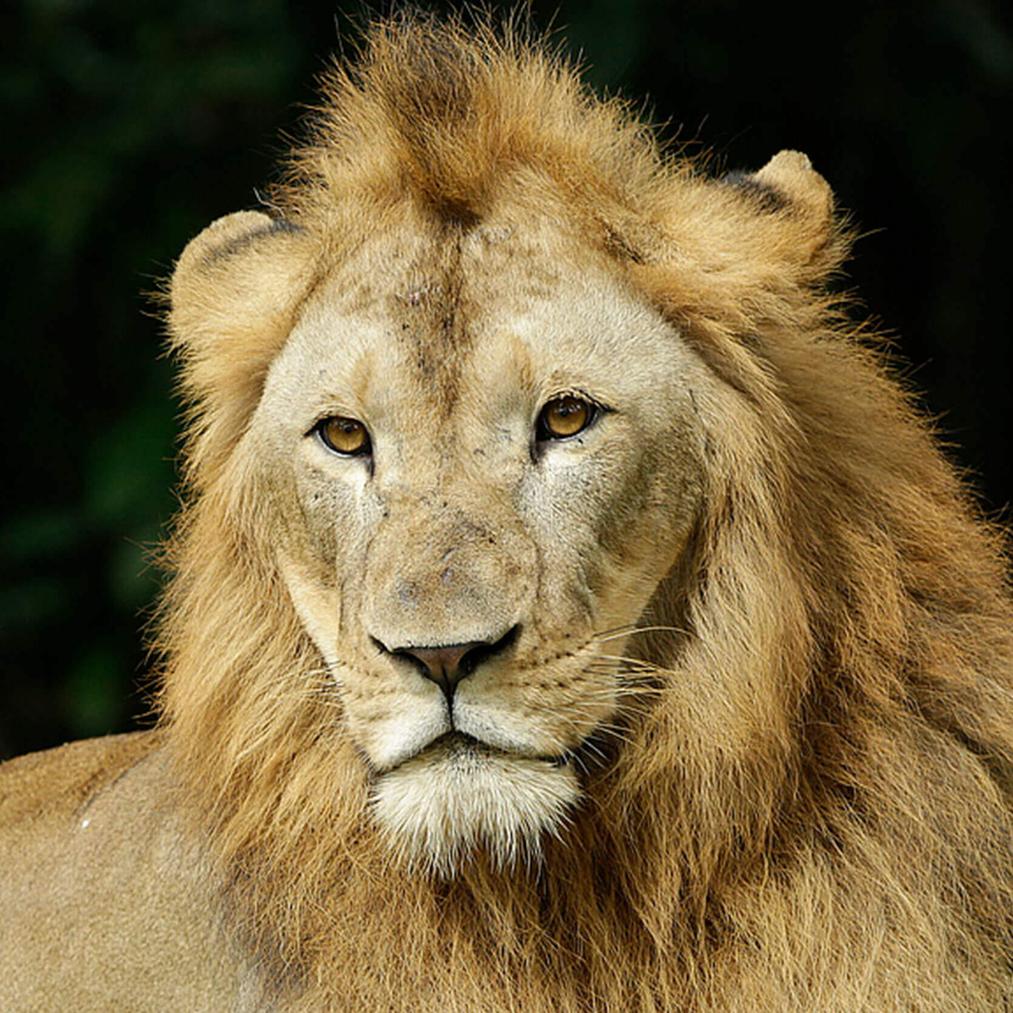
Lions are famous for punishing rival offspring within their pride. This brutal reality closely mirrors monarchic ideas of power succession and royal bloodlines—where only the rightful heir holds authority.
This natural rivalry and dominance helped cement lions as emblems of monarchy and ruling elites, reinforcing the idea that nobility and power flow from strength and lineage.
Religious and Cultural Spread of Lion Symbolism
In Southeast Asia, lion imagery passed through Buddhism. Ashoka the Great, India’s first emperor to embrace Buddhism, used the lion as a symbol of Buddhist law. His endorsement spread lion motifs far and wide.
Southeast Asian lion sculptures represent protection and royal authority—testifying that the lion’s symbolism travels well beyond Africa and the Middle East.
Why Do Rulers Identify with Lions?
Rulers love powerful and fearsome animals—why? Because symbols work. They send non-verbal messages of strength and control. The lion is a perfect fit: majestic, courageous, dominant, noble.
The lion stands as an ideal figure for kings, emperors, and chiefs to identify with. Lions tell subjects and rivals, “I am strong. I am noble. I command respect.”
What Can We Learn Today?
Understanding why lions became symbols of nobility helps us appreciate the power of symbols. It’s not just about the animal—it’s about history, culture, and shared human stories.
If you’re crafting your personal brand, think like a lion. Embrace qualities like courage, leadership, and confidence. Sure, don’t go chasing down your neighbors, but channel that lion’s spirit in your actions.
Next time you see a lion crest or hear “king of the jungle,” remember it’s more than just wildlife branding. It’s a story of survival, respect, human psychology, and centuries of cultural evolution.
In Summary
- Lions roamed widely in ancient times, leading to early symbolic human interactions.
- Ancient civilizations used lions in religion, language, and culture, spreading their noble image.
- The Great Chain of Being ranked lions as the noblest animals.
- Social behaviors of lions reflect human ideals of nobility and leadership.
- Asiatic lions’ bravery added to the courageous lion image, despite tragic consequences.
- The monarchy’s bloodline parallels were reflected in lion pride behavior.
- Buddhist influence expanded lion symbolism in Asia.
- Rulers adopted lions to project strength and nobility across cultures.
Lions are not just animals. They are living metaphors of nobility woven into human history. The next time the lion roars in a coat of arms or a story, you’ll know exactly why.
Why did ancient civilizations adopt the lion as a symbol of nobility?
Ancient cultures like Egypt, Ashur, Persia, and Greece revered lions for their strength. Even where lions no longer roamed, they remained powerful symbols in religion and language, spreading their image widely.
How did lion behavior influence their association with nobility?
Lions live in prides led by a single male who benefits from the females’ hunting. This leadership style mirrored noble rulers who govern but rely on others’ work, reinforcing the lion’s noble image.
What role did religion play in spreading the lion’s noble symbolism?
Religions like Egyptian pantheon and Christianity linked lions with divine qualities. Lions appeared as messengers, angels, or symbols of saints, enhancing their noble status culturally and spiritually.
How did the Great Chain of Being affect the lion’s noble status?
This medieval theory ranked beings by nobility, placing lions at the top among animals. It justified seeing lions as noble and kingly, influencing Western culture’s view of them as regal creatures.
Why is the lion often connected to monarchy and royal lineage?
Male lions killing rival cubs mirrors royal bloodline struggles. This behavior symbolized the hereditary nature of monarchies and reinforced the lion as a symbol of power and rightful rule.
How did the Asiatic lion’s traits contribute to its symbolic meaning?
Asiatic lions were known for boldness and bravery, even risking death. Their fearless nature made them symbols of courage, though this led to their near extinction due to being easy targets.
